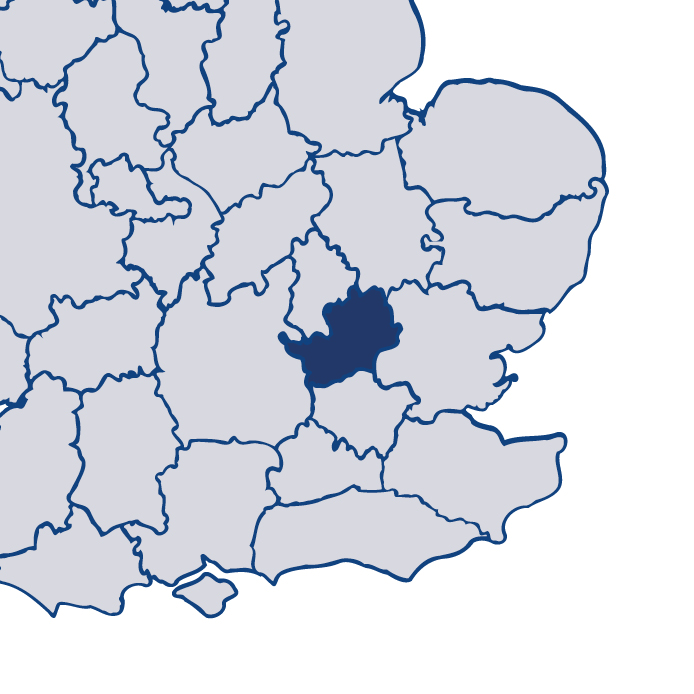Hertfordshire 2017
Read more about HertfordshireThis is HMICFRS’ fourth PEEL (police effectiveness, efficiency and legitimacy) assessment of Hertfordshire Constabulary. PEEL is designed to give the public information about how their local police force is performing in several important areas, in a way that is comparable both across England and Wales, and year on year. The assessment is updated throughout the year with our inspection findings and reports.
The extent to which the constabulary is effective at keeping people safe and reducing crime is good.
The extent to which the constabulary is efficient at keeping people safe and reducing crime is good.
The extent to which the constabulary is legitimate at keeping people safe and reducing crime is good.

Zoë Billingham, Her Majesty’s Inspector of Constabulary
HMI's observations
Read my assessment of Hertfordshire Constabulary below.
I am pleased with the performance of Hertfordshire Constabulary in keeping people safe and reducing crime, and in particular with the improvement in its effectiveness.
I am reassured to see that the force has taken prompt and effective action to address a serious failing that we identified in our 2016 effectiveness inspection. It now identifies vulnerable people effectively when they first contact the police.
Subsequent risk assessments are also good, and, although it needs to make further improvements, its overall direction of travel is positive.
While it has taken positive steps to improve its crime recording since our 2014 inspection, more still needs to be done.
The force has worked hard to improve its assessment of demand since my last assessment and now has a good understanding of its current and future demand.
The force uses its resources well and has detailed plans for the future.
Hertfordshire Constabulary treats members of the public and its own workforce with fairness and respect.
Overall, I commend Hertfordshire Constabulary for the improvements it has made this year.
Effectiveness
How effective is the force at keeping people safe and reducing crime?
Efficiency
How efficient is the force at keeping people safe and reducing crime?
Legitimacy
How legitimate is the force at keeping people safe and reducing crime?
Other inspections
How well has the force performed in our other inspections?
In addition to the three core PEEL pillars, HMICFRS carries out inspections of a wide range of policing activity throughout the year. Some of these are conducted alongside the PEEL inspections; others are joint inspections.
Findings from these inspections are published separately to the main PEEL reports, but are taken into account when producing the rounded assessment of each force's performance.





